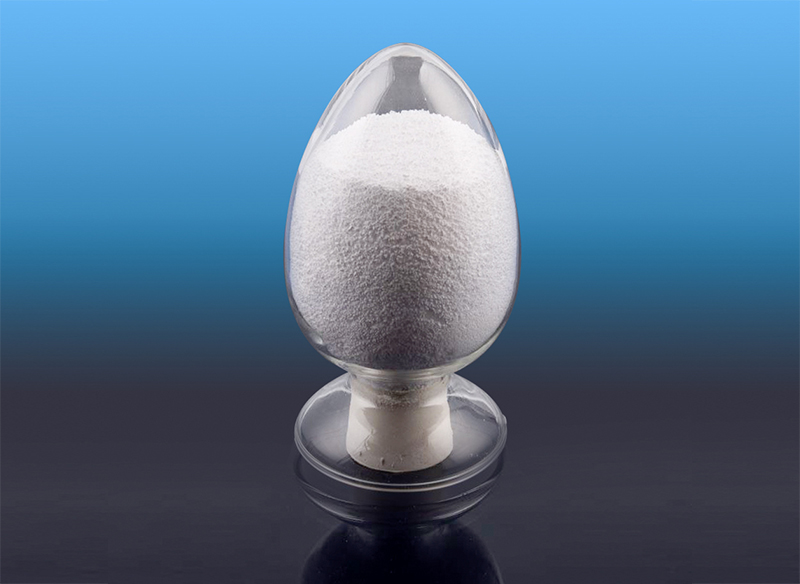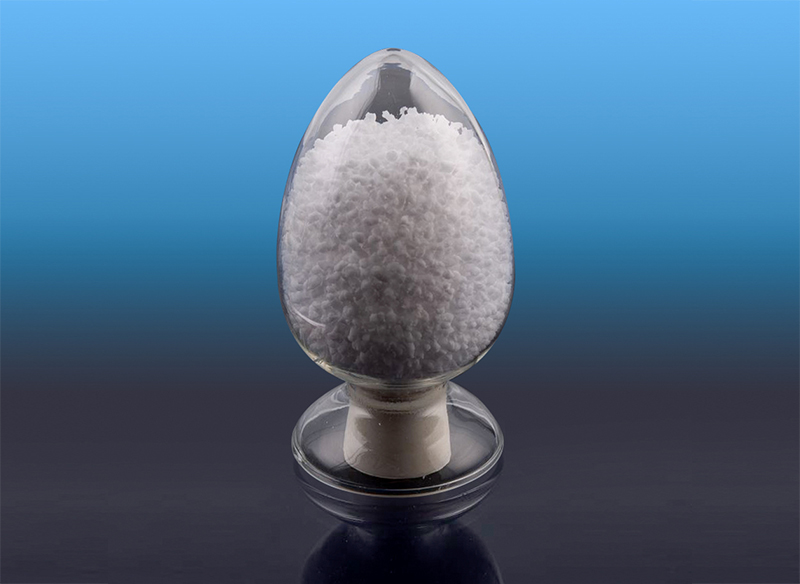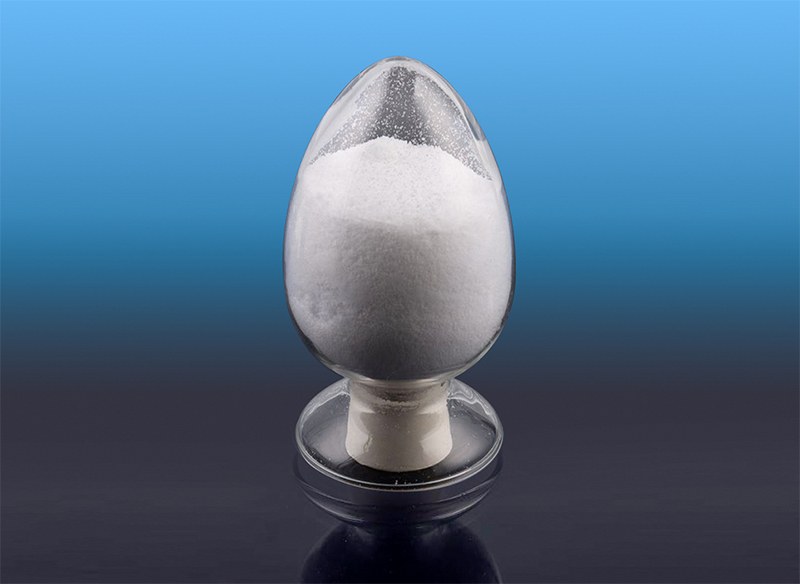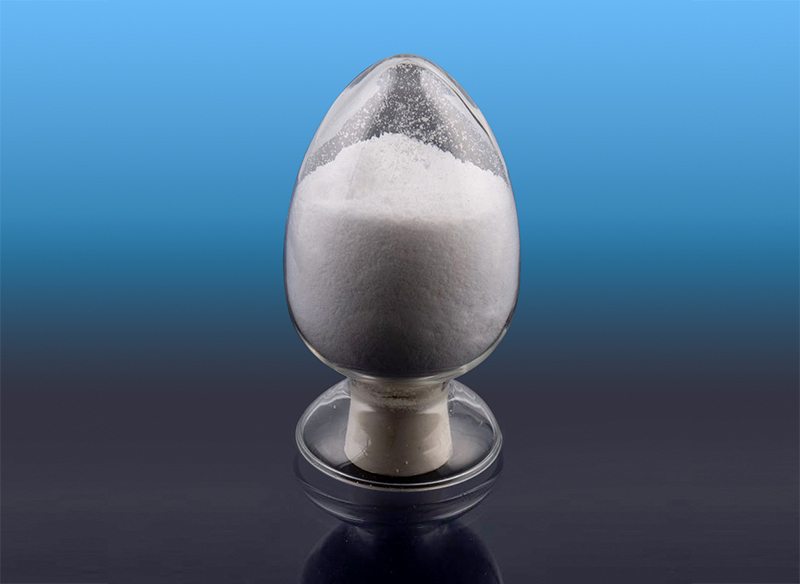What processing methods are suitable for hydrogenated isoprene polymer
Hydrogenated isoprene polymer (EP) is a specialized thermoplastic elastomer that combines the flexibility of rubber with the processability of plastic. Due to its stability, elasticity, and resistance to heat, oxidation, and UV degradation, it is used in a variety of industrial and consumer applications. To fully leverage its properties, the right processing methods must be selected based on the form, application, and performance requirements of the final product. Below are the main processing methods suitable for hydrogenated isoprene polymer:

1. Extrusion
Overview:
Extrusion is a common method for shaping hydrogenated isoprene polymer into continuous profiles such as tubing, sheets, seals, and films.
Why Suitable:
EP’s thermoplastic behavior allows it to melt and flow under heat and pressure, making it ideal for extrusion. Its rubber-like flexibility after cooling provides a desirable end-use performance.
Applications:
Automotive weather strips
Cable sheathing
Industrial seals and profiles
Considerations:
Requires controlled temperature zones to prevent degradation
Use of twin-screw extruders may improve mixing with additives or fillers
2. Injection Molding
Overview:
Injection molding allows the creation of complex, high-precision parts by injecting molten EP into a mold cavity.
Why Suitable:
Hydrogenated isoprene polymer’s thermoplastic nature and low viscosity at processing temperatures enable accurate molding of detailed parts.
Applications:
Soft-touch grips and handles
Medical device components
Consumer product housings
Considerations:
Mold design should accommodate EP’s flexibility and shrinkage rate
Proper drying may be needed to avoid surface defects
3. Blow Molding
Overview:
Blow molding is used to create hollow or semi-hollow shapes by inflating a molten tube of EP inside a mold.
Why Suitable:
EP’s good melt strength and elasticity make it viable for forming flexible, impact-resistant containers and packaging.
Applications:
Flexible bottles or containers
Automotive reservoirs
Protective covers
Considerations:
Temperature control is key to maintain wall uniformity
Material formulation may need to be adjusted for blowability
4. Thermoforming
Overview:
Thermoforming involves heating EP sheets until pliable and then shaping them over a mold using vacuum or pressure.
Why Suitable:
EP’s softness and thermal stability allow it to be reshaped into detailed, smooth forms with excellent surface finish.
Applications:
Medical trays
Protective enclosures
Cosmetic packaging
Considerations:
Preheated sheets must be evenly heated for consistent forming
Cooling time must be sufficient to lock the desired shape
5. Calendering
Overview:
In calendering, EP is passed through heated rollers to produce flat sheets or coated fabrics with controlled thickness.
Why Suitable:
This process works well with rubber-like polymers and provides excellent surface finish and dimensional control.
Applications:
Coated textiles
Gaskets
Membranes and barrier films
Considerations:
Requires precise roll pressure and temperature control
Works best when EP is blended with processing aids or plasticizers
6. Compounding and Pelletizing
Overview:
Hydrogenated isoprene polymer can be compounded with fillers, oils, stabilizers, or pigments and then pelletized for downstream processing.
Why Suitable:
EP’s compatibility with various additives makes it ideal for formulation adjustments targeting specific mechanical or chemical properties.
Applications:
Masterbatches for custom extrusion or molding
Blends with other polymers like PP or SEBS
Thermoplastic elastomer granules
Considerations:
Twin-screw extruders are preferred for homogeneous blending
Pellet size and cooling affect downstream flow characteristics
7. Coating and Lamination
Overview:
EP can be applied as a coating on fabrics, foils, or films for added flexibility, waterproofing, or UV resistance.
Why Suitable:
Its adhesive compatibility and flexibility under stress make it excellent for multilayer constructions.
Applications:
Technical textiles
Automotive interiors
Outdoor gear coatings
Considerations:
Requires precision temperature control to avoid burning
Surface preparation is key to ensuring adhesion
Conclusion
Hydrogenated isoprene polymer (EP) supports a wide range of thermoplastic processing methods, including extrusion, injection molding, blow molding, thermoforming, calendering, and compounding. Its adaptability allows it to be used across diverse industries such as automotive, medical, packaging, and consumer goods. The choice of method depends on the desired shape, mechanical properties, and end-use requirements. Proper control of processing conditions—such as temperature, pressure, and cooling—is critical to achieving optimal product performance and consistency.





